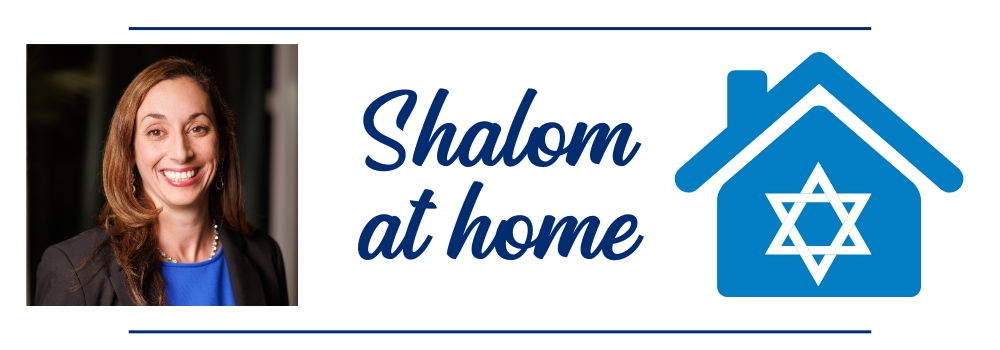Passover is, hands down, one of my all-time favorite Jewish holidays. A gripping story? Check. A delicious meal? Absolutely. A gathering of friends and family filled with song, laughter and a high-stakes game of afikomen hide-and-seek? Check, check and double check.
As a parent and an advocate for inclusivity, I see the Seder as the perfect opportunity to create a welcoming and engaging experience for all. With approximately one in four students nationwide experiencing some form of neurodiversity (Autism, ADHD, learning disabilities, sensory differences and more), it's essential to make sure everyone can participate in a way that works for them. Here are some tips to keep your Seder fun, inclusive, and — most importantly — memorable.
Ask first — don’t assume
We are pretty good at asking about dietary restrictions, but what about checking in on other needs? Some guests might struggle with bright lights, loud noises or sitting for long periods. A quick conversation beforehand can help you plan accordingly and make everyone feel more comfortable. Plus, it makes you look like a super host.
Play with a purpose
Want to keep kids engaged? Bring on the props. Toy frogs jumping across the table? Yes, please. Ten plagues masks? Of course. A placemat with a visual checklist of Seder steps? Genius. Purposeful play — a.k.a. structured fun that sneaks in learning — helps everyone, neurodivergent and neurotypical alike, stay engaged. Who said educational moments can’t involve a little fun?
Let’s talk attention spans
Expecting kids to sit quietly for hours? Good luck. On average, a neurotypical child can focus for about two–five minutes per year of age. That means a six-year-old can last roughly 12–30 minutes before their attention wanders to more interesting things — like, say, that crumb on the floor. Kids with ADHD, autism or sensory sensitivities? Their attention spans vary even more. The solution? Keep things moving, mix in interactive elements and don’t expect anyone (adults included) to be laser-focused the whole time.
Encourage breaks
As a kid, I spent half of my Seders under the table, and guess what? I still learned the story. The Seder itself builds in breaks (handwashing intermission, anyone?), so take advantage of them. Let kids (and grownups) step away when needed, stretch their legs or even get some fresh air (Hello, Elijah, are you there?). A little movement can go a long way in keeping everyone happy and engaged.
Keep your eye on the prize
At the end of the day, a great Seder isn’t about flawlessly reading the Hebrew or sticking to every single step in perfect order. It’s about storytelling, connection and passing down an epic tale of our ancestors’ journey out of Egypt. The goal? That our children and our children’s children will be able to pass on the tale and some of the awesomeness that comes with being Jewish.
By following these tips, you can ensure that everyone — kids, adults and even the occasional wandering toddler — has a seat at the Seder table.
Lindsey Lipsky is the director of Sasone, the Jewish community’s program to support students with special needs. Inclusive best practices and downloadable Passover resources are available at sasone.org/resources.
Like what you just read? Consider supporting The Kansas City Jewish Chronicle, our community's only Jewish news source for over 105 years, by making a donation or starting a subscription today!



